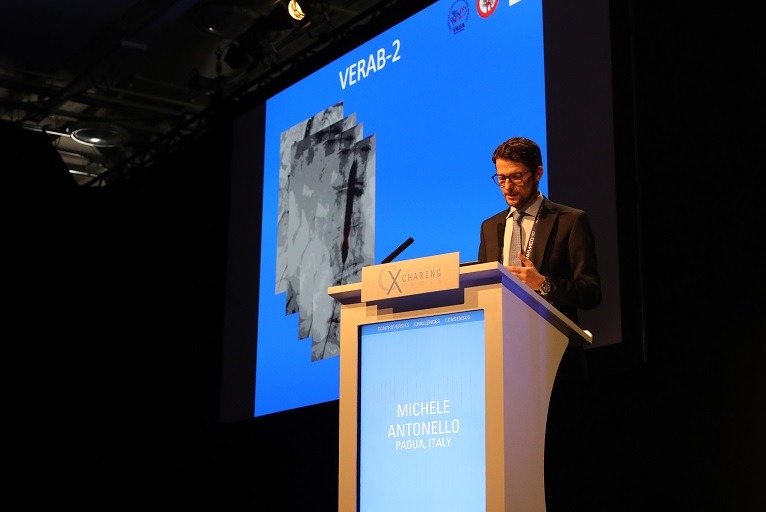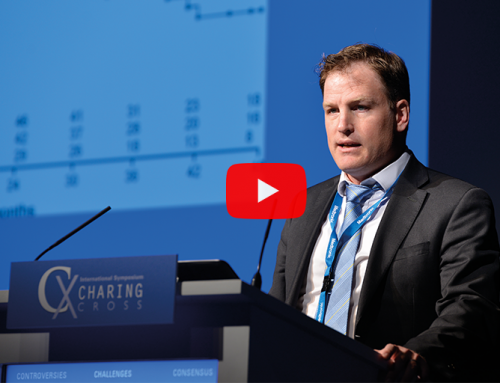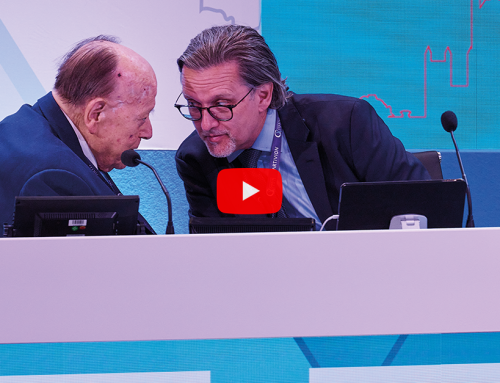
Michele Antonello
Endovascular repair shortens hospital stay and has comparable outcomes to open surgery when balloon-expandable covered stents are used to treat low-risk male patients with complex aortoiliac lesions, new data show. Michele Antonello (Padua, Italy), described some of the study’s key results during a presentation at the Charing Cross (CX) Symposium on Thursday, concluding that the Gore VBX stent graft used has good flexibility, accurate deployment and a customisable diameter.
Combined, the aorta and iliac arteries are the second most common blood vessels to be affected by peripheral arterial disease (PAD). Antonello and colleagues conducted a single-centre retrospective review of the outcomes in 114 patients with a mean age of 61.4 and TransAtlantic Inter Society Consensus II (TASC) lesions class C or D created between 2008 and 2017. Those with associated aortic aneurysm or lesions involving the entire infrarenal aorta were excluded.
The review found that patients who underwent endovascular surgery had at 30 days after their procedure spent less than a third of the time in hospital as those who had open surgery. Primary patency rates were similar at five years for men, but worse for women.
At 30 days, the endovascular repair group had spent a mean of 2.6 days in hospital and a mean of 0.1 days in intensive care, compared to a mean of 8.5 days in hospital and a mean of 0.9 days in intensive care for those who had open surgery. The primary patency rate at five years was 87.3% for the open surgery repair group versus 81.4% for endovascular repair.
In a subgroup aged ≤60 years, primary patency at five years for those who had open surgical repair was 84.7% vs. 75% among those who underwent endovascular repair. The only predictor of negative patency was female gender in the endovascular repair group.
The authors concluded that in cases of severe aortoiliac obstructive lesions in low-risk and young male patients, endovascular repair can be considered to have comparable outcomes to the open surgery approach, while shortening hospital stays. For female patients, however, open surgery repair remains the reference standard of treatment.
Antonello commented: “These balloon expandable stents are extremely precise.” He added: “The most important feature is that you can customise your diameter,” elaborating that this allows the physician to adapt the stent to the required diameter of each specific vessel.







